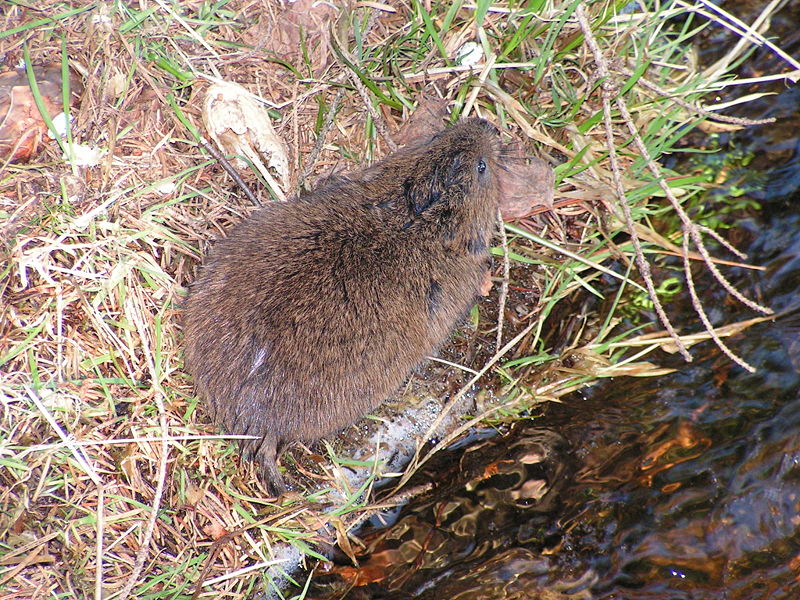
Hopefully all of you are just taking a break from your exciting long weekend to check out today’s featured animal. Wild Facts is heading across the pond today to check out a small mammal called the European Water Vole. If you enjoy sitting by the river banks (and if you live in Europe) then you may have noticed this mouse-like creature scurrying along. Actually, even if you lived in North America, you may have seen a similar animal appropriately called the North American Water Vole. I don’t know how they come up with these clever names. Anyway, let’s learn a little more about our European friend.
I know I said the Water Vole was “mouse-like” but they definitely have some major differences including a flatter snout, shorter tail and smaller ears. In my personal opinion I think the European Water Vole is way cuter and more cuddly than a plain ol’ mouse. Oh, I just thought of another big difference between the Water Vole and other rodents. This particular mammal has a little bit of webbing between their toes. Can anyone guess what the webbing is used for?
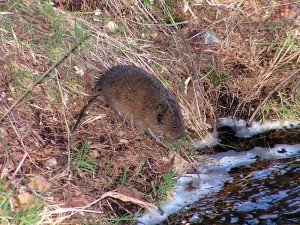
Okay, so maybe that was an easy question. Especially when you considered the name of today’s animal. That’s right, the European Water Vole is semi-aquatic, which means they enjoy hanging out in the water. Naturally, the webbing helps them swim along at a nice leisurely pace. The Water Vole will actually use the water as a defense mechanism as the entrance to their burrow is usually just below the surface of the water. This is going to make it a little more difficult for a predator to find them and consequently feast on them.
The burrow of the European Water Vole is quite impressive as the females burrow network can run up to 70 m along the shoreline. Not to be out done, the male’s bachelor burrow can be twice as long as his female counterparts. I see why they want to protect their sweet homes by putting the door underwater. I guess it acts like a moat surrounding our old castles.
European Water Vole Fast Fact – Although Water Voles are mostly herbivorous, they have been known to feast on insects and on occasion they will chow down on small fish. Usually the fish are dead since a dead fish is a lot easier to catch compared to a live one.
That does it for our holiday Monday Wild Fact. Now you can go and enjoy the rest of your day and I will see all of you tomorrow.

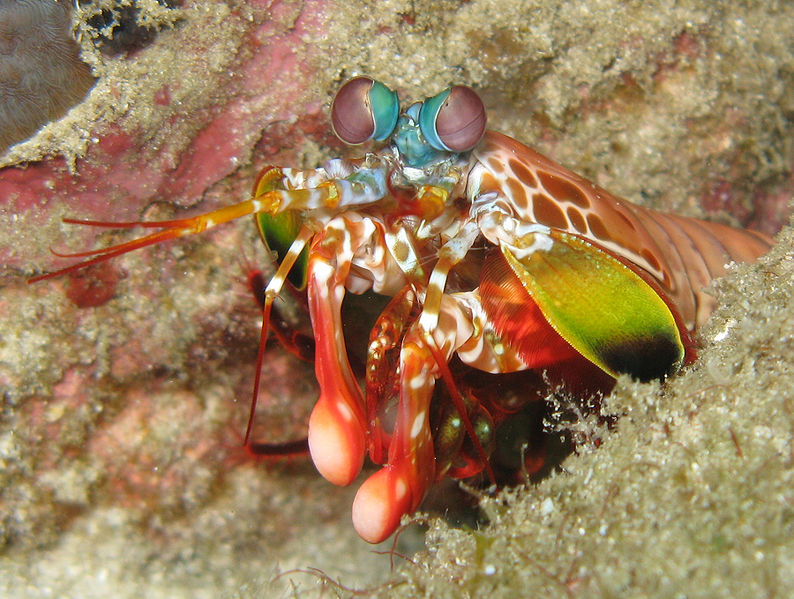
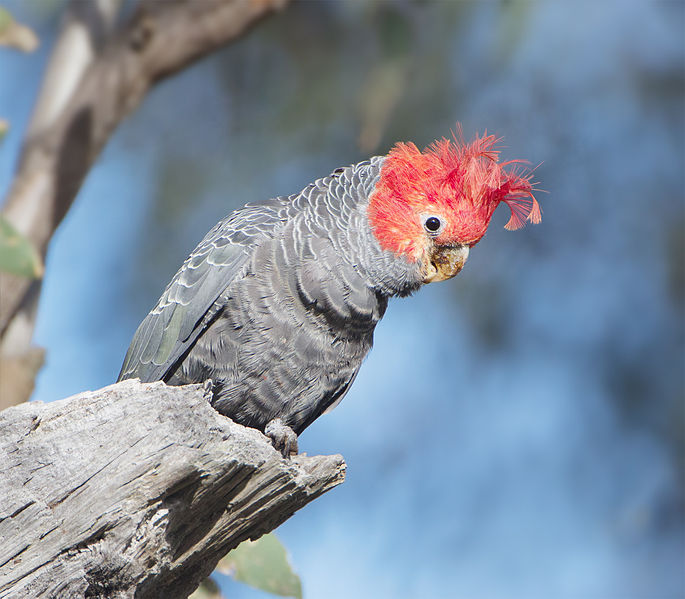
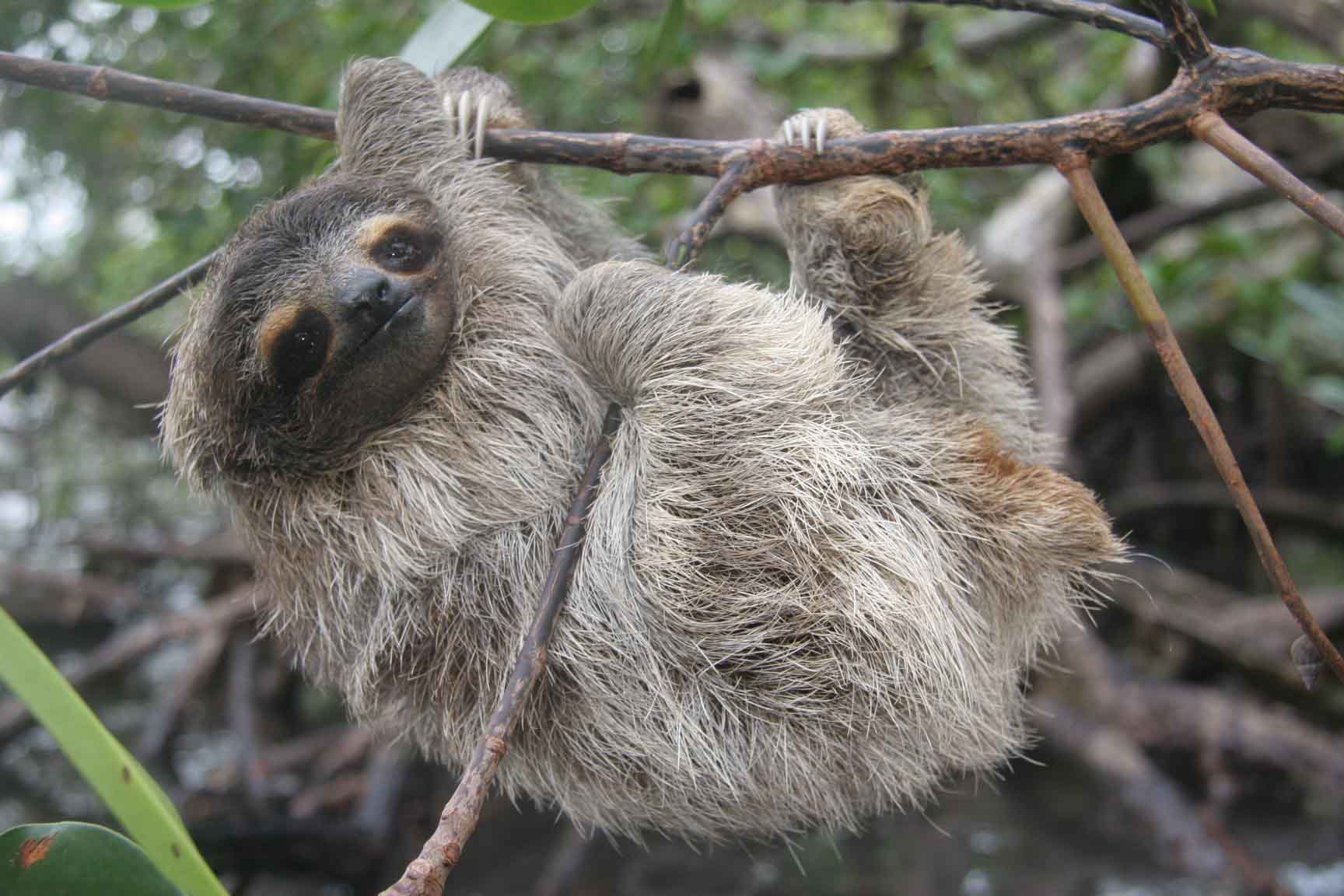
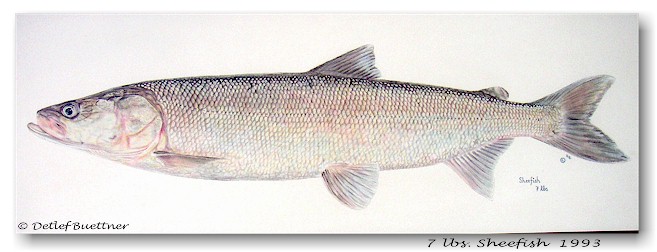
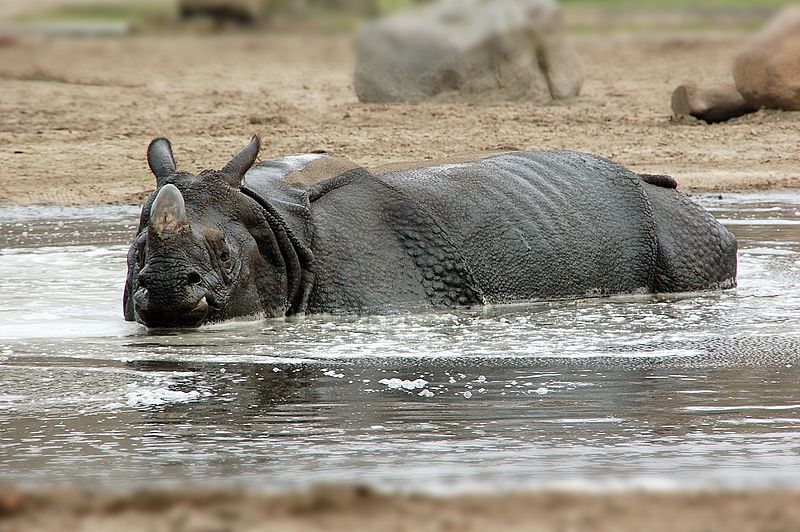
This looks much larger than the voles I have seen here in the U.S.